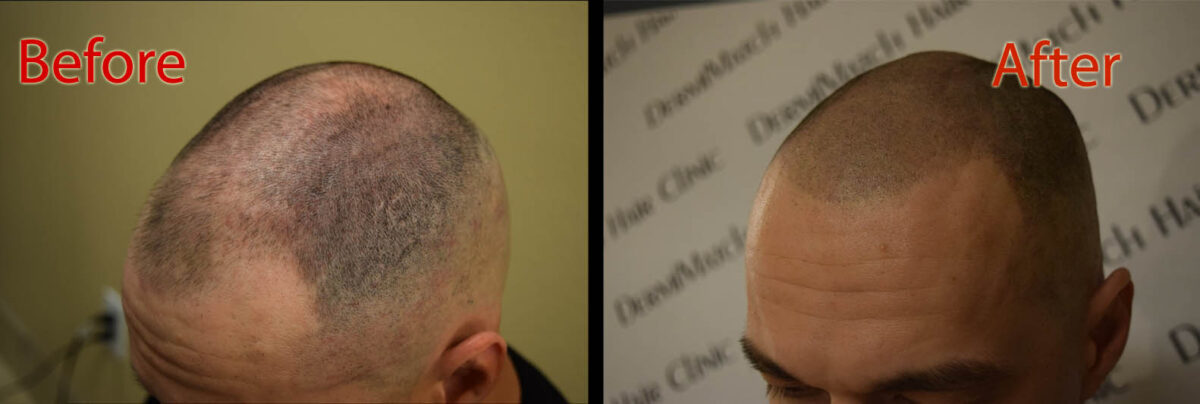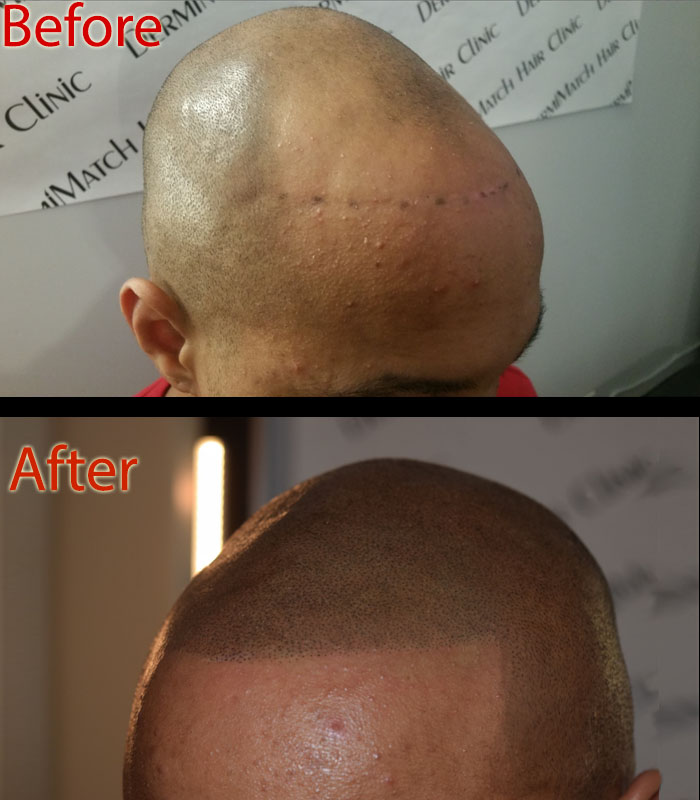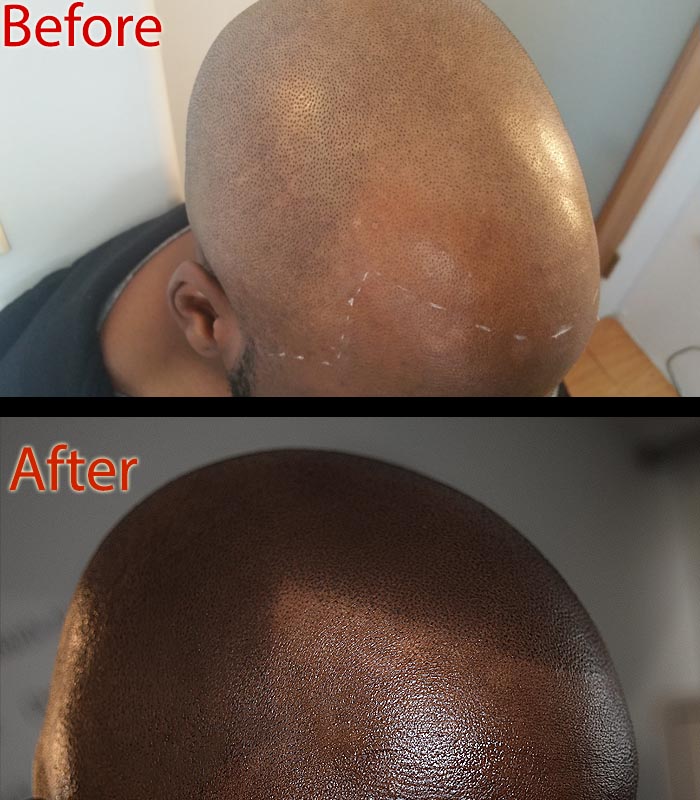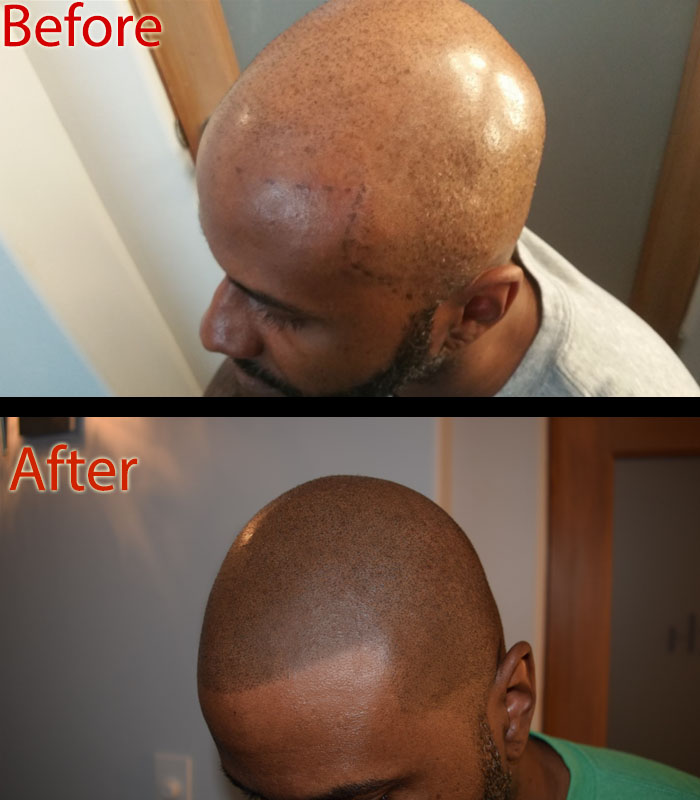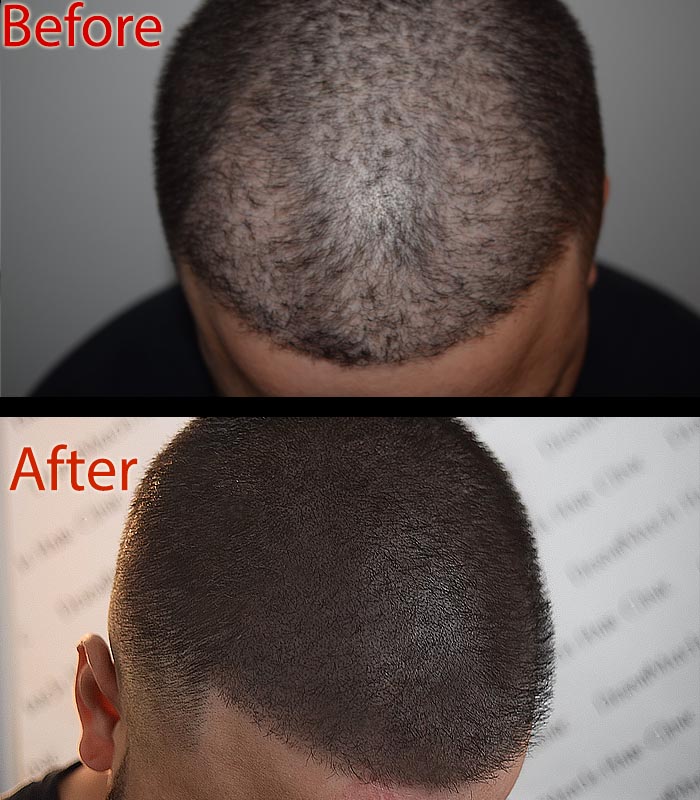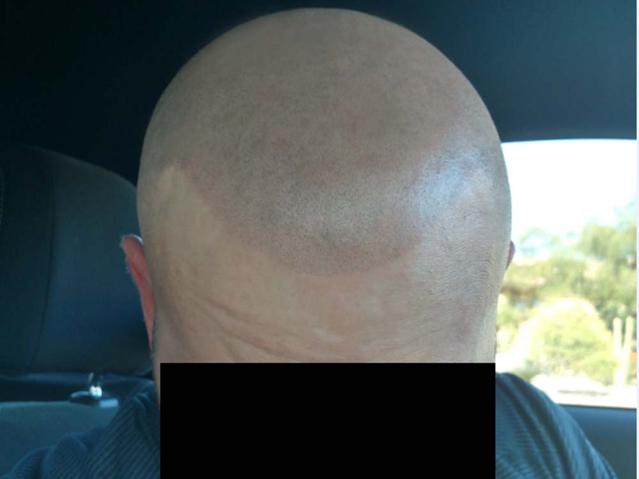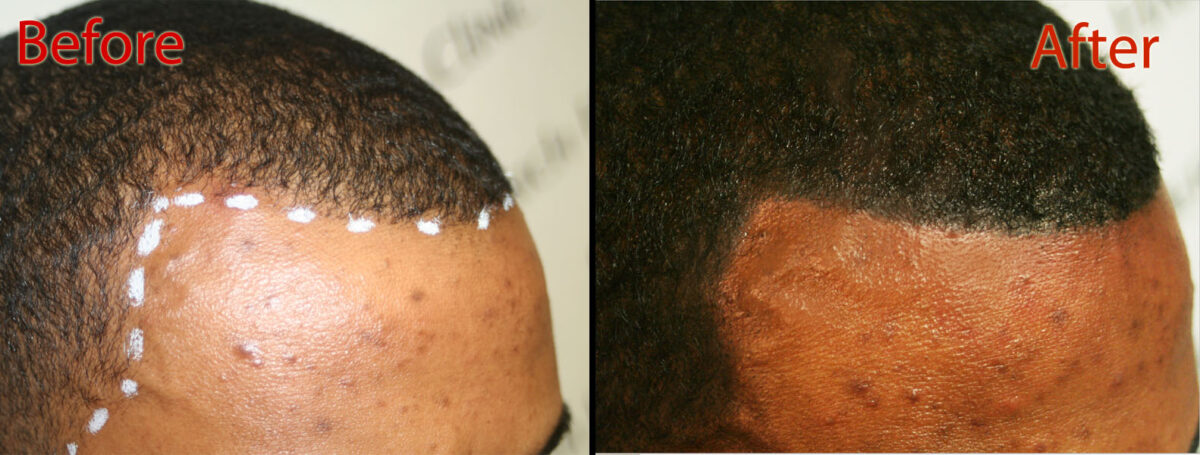Hair loss after bariatric surgery affects approximately 57 percent of patients and remains one of the most distressing side effects of weight loss procedures. When the body experiences rapid weight loss, it enters survival mode. Calories drop sharply. Protein intake changes dramatically. Nutrient absorption becomes compromised.
Hair follicles respond by shutting down growth to conserve energy for vital organs. This condition is medically known as telogen effluvium, where hair sheds rapidly across the scalp. For most patients, hair loss after surgery begins three to six months later.
Why Rapid Weight Loss Triggers Hair Shedding?
Hair loss after bariatric surgery is not a sign of surgical failure. It is a biological reaction to stress. When weight drops quickly after gastric sleeve or gastric bypass procedures, the body prioritizes vital organs like the heart and brain over cosmetic functions like hair production. Follicles shift prematurely into a resting phase.
Shedding accelerates. Density disappears. The scalp becomes visible through thinning areas. Many people ask, is hair loss after bariatric surgery permanent? For some patients, regrowth occurs within six to twelve months. For others, hair never fully returns.
Nutrient Deficiencies Worsen the Problem
People frequently search for what causes hair loss after bariatric surgery. The answer involves multiple nutritional deficiencies. Protein, iron, zinc, folate, and vitamin B12 are the most common culprits. Even with prescribed supplements, absorption often remains poor after procedures that alter the digestive system.
This creates prolonged thinning that can last beyond the typical six-month window. Hair may regrow unevenly. Temples stay sparse. Crown areas look weak. Over time, hair loss after bariatric surgery can begin to resemble genetic pattern baldness.
Why Regrowth Remains Unpredictable?
Another frequent question is how long hair loss lasts after bariatric surgery. Research shows the onset time averages three to four months post-surgery, with an end time around nine months. However, this timeline varies significantly. Some patients see regrowth within a year.
Others continue shedding for much longer. Age, hormones, stress levels, and genetics all play roles. When follicles miniaturize or stop responding entirely, no oil, mask, or supplement can revive them. This is where frustration and emotional distress intensify.
The Emotional Impact That Medical Sites Ignore
Hair loss after bariatric surgery hits confidence hard at the worst possible time. Patients expect a better body and a transformed life. Instead, they face thinning hair at the peak of their physical transformation. Mirrors feel cruel. Photos feel unforgiving.
Styling tricks stop working. Hair fibers wash away. This emotional burden often outweighs the physical discomfort of surgery itself. The psychological stress of hair loss can even inhibit further hair growth by releasing cortisol.
Why Natural Remedies Often Fall Short?
You might have tried multiple natural remedies, from biotin fixes, rosemary oil treatments, and miracle shampoos. These may improve scalp health but rarely restore lost density.
Once follicles remain in the resting phase too long, regrowth becomes unlikely. People ask, will hair grow back after weight loss surgery? Sometimes yes. Often no. Waiting years for uncertain results keeps confidence on hold during what should be a celebratory transformation period.
How Scalp Micropigmentation Provides Immediate Improvement?
Scalp micropigmentation offers immediate visual improvement for hair loss after bariatric surgery. SMP does not rely on follicle recovery or nutritional correction. It creates the appearance of fuller hair by replicating natural hair follicles with specialized pigment. Density appears restored instantly. Thinning areas blend naturally with existing hair. The scalp no longer shines through. For many patients, SMP becomes the first solution that actually delivers results without waiting.
Moving Forward With Confidence
Hair loss after bariatric surgery does not mean your transformation failed. It means your body adapted fast. When regrowth stalls and natural remedies disappoint, scalp micropigmentation offers control and confidence without false hope.
The key is choosing the right Arizona SMP artist. Many tattoo artists now claim to offer SMP, but tattooing skin differs completely from replicating hair follicles. Incorrect depth, wrong pigment formulation, and poor hairline design can cause permanent cosmetic damage. Always choose a dedicated SMP professional with proven experience in post-bariatric hair loss patterns. Done correctly, SMP turns hair loss after bariatric surgery into a closed chapter.
You can find top scalp micropigmentation professionals in Arizona at DermiMatch Clinic, who have decades of experience in SMP.


